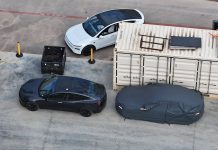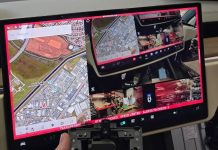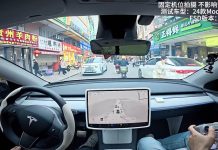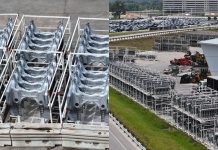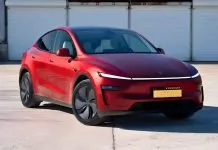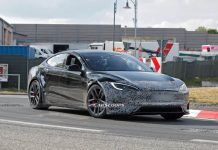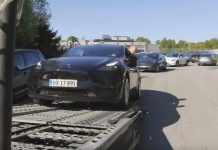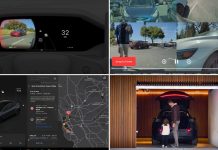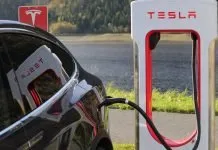A recent Twitter thread has provided a fascinating glimpse into Tesla Model Y HW4, shedding light on the hardware changes and potential future capabilities of the electric vehicle. The thread highlights noteworthy differences between the Model Y HW4 and its predecessors, as well as speculations about the potential applications of certain components.
In this article, we delve into the details shared in the thread and explore the implications of these discoveries for Tesla’s Full Self-Driving (FSD) technology.
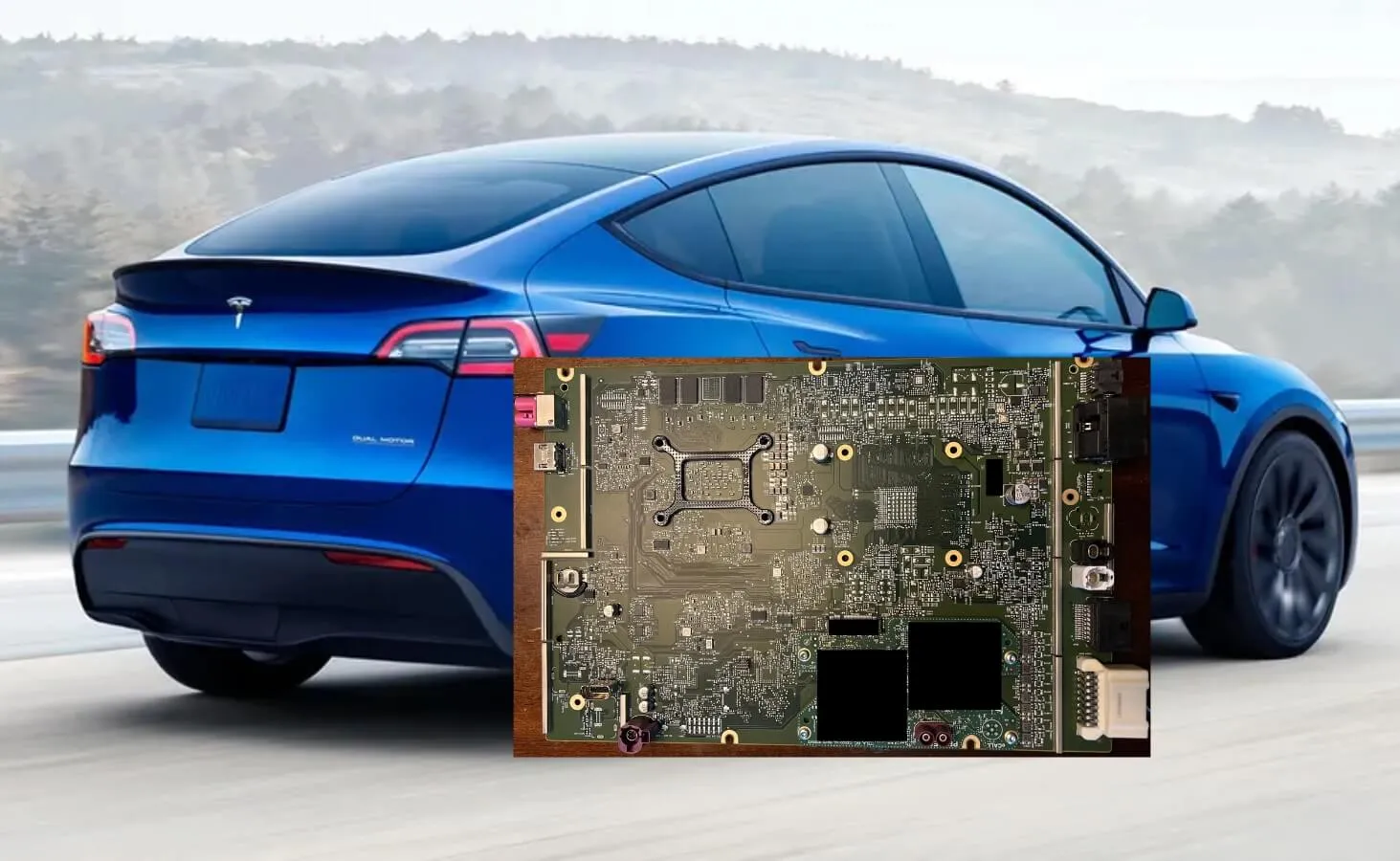
Table of Contents
Tesla Model Y Hardware 4.0 Changes
Tesla’s Hardware 4.0 for the Model Y brings significant advancements and innovations to the electric SUV. With redesigned components, improved processing power, and optimized functionalities, HW4 represents Tesla’s continuous commitment to enhancing its Full Self-Driving technology.
Hardware Similarities and Differences
According to the Twitter thread, the HW4 Model Y’s computer form factor is similar to that of the S/X cars, indicating that retrofitting HW3 cars may not be possible. The board layout appears to be comparable, albeit with some components depopulated. Notably, the GPU and enhanced sound features are absent in Tesla Model Y HW4, potentially indicating cost-saving measures. Additionally, two extra display connectors are present, albeit depopulated, suggesting future usage.
It’s important to note that HW4 represents a significant advancement in Tesla’s hardware capabilities for autonomous driving. It introduces notable changes compared to previous versions, such as a redesigned computer form factor, a different gateway chip, and depopulated components. These modifications indicate Tesla’s efforts to optimize cost, performance, and compatibility with their vehicles.
However, as with any technology, there is always room for improvement. Tesla’s ongoing commitment to innovation suggests that future iterations and updates can be expected. Tesla is known for its iterative approach, regularly introducing hardware and software enhancements to improve the functionality and performance of their vehicles. This iterative process allows for continuous refinement and integration of the latest advancements in sensor technology, AI algorithms, and processing capabilities.
the board layout is also similar, but a bunch of stuff is depopulated.
Like the GPU and better sound.
Cheaper non-ECC RAM is in use as well.In fact seemingly two extra display connectors are there, just in a different place (and depopulated) pic.twitter.com/kFtm6VF938
— green (@greentheonly) July 10, 2023
Gateway Chip and Chinese Factory Influence
The Model Y HW4 introduces a different gateway chip, sourced from a different vendor. Interestingly, this chip was previously observed only on boards from Chinese factories, indicating a broader implementation across all Model 3/Y HW4 boards. The inclusion of this chip may indicate enhancements in connectivity or regional-specific adaptations.
Depopulated Features and Future Upgrades
The thread highlights depopulated camera connectors, indicating that the Model Y may not currently utilize additional cameras. However, it remains unclear whether Tesla plans to activate these connectors in future software updates. Similarly, the absence of a special radar connector suggests that radar integration is currently reserved for the premium Tesla Model S/X models. This raises questions about potential future radar deployment on Model 3/Y vehicles.
While the specific reasons for depopulation may vary, it can serve several purposes. It could be a cost-saving measure, optimizing production expenses by excluding components that are not essential for the intended functionality. Alternatively, depopulated features may indicate future upgradability, providing the potential for activating additional functionalities through software updates.
GPU Possibilities and Matrix LED Functionality
Contrary to speculation, the Model Y HW4 does not feature a dedicated GPU. However, discussions suggest that the lack of a dedicated GPU might not prevent gaming capabilities, as demonstrated by an enterprising individual with an AMD-equipped Model 3/Y. Furthermore, the thread touches upon Tesla’s matrix LED lights, confirming their functionality in projecting the “Tesla” logo. Interestingly, these lights are not supported in retrofit configurations from Model 3/Y to S/X.
The possibility of utilizing a GPU (Graphics Processing Unit) in Tesla’s Full Self-Driving (FSD) technology opens up exciting prospects for enhancing autonomous driving capabilities. While the HW4 Model Y does not currently feature a dedicated GPU, discussions suggest that it could be leveraged in future software updates.
The inclusion of a GPU can provide significant computational power, enabling more sophisticated processing of sensor data and AI algorithms. This increased processing capability allows for faster and more accurate perception of the vehicle’s surroundings, including identifying and tracking objects, pedestrians, and road conditions. This, in turn, enhances the decision-making capabilities of the autonomous driving system.
In the context of FSD, a GPU can contribute to improved real-time object recognition, path planning, and control systems. By efficiently processing massive amounts of data from sensors such as cameras, radars, and lidars, the GPU can help optimize the vehicle’s response in complex and dynamic driving scenarios. This can include more precise lane keeping, adaptive cruise control, and maneuvering in congested traffic.
The Future of Tesla’s Hardware and Full Self-Driving
While the Tesla Model Y HW4 reveals intriguing hardware differences, it is essential to note that achieving Level 4 autonomous driving in currently circulating Tesla cars is considered a challenge. Despite this, discussions within the thread contemplate the potential utilization of certain components in the future. Furthermore, arguments are made for the value of features such as ECC (error-correcting code) memory, ADAS (Advanced Driver Assistance Systems), and potential future ADS (Autonomous Driving Systems) hardware.
What to Expect in the Future?
In the future, we can expect significant advancements in Tesla’s Full Self-Driving (FSD) technology. These improvements will include enhanced capabilities in navigating complex environments, handling diverse weather conditions, and addressing challenging scenarios. With ongoing developments in hardware and software, Tesla will continue to refine its autonomous driving system, optimizing safety features and decision-making algorithms.
Additionally, the expansion of ride-hailing services, integration with smart city infrastructure, and the evolution of charging infrastructure will further support the widespread adoption of autonomous vehicles. While regulatory frameworks and public perception remain important considerations, the future holds great potential for the growth and maturation of autonomous driving technology.
Conclusion
The Twitter thread’s insights into Tesla’s HW4 Model Y provide valuable information about the hardware changes and potential future upgrades in the popular electric vehicle. As Tesla continues to push the boundaries of autonomous driving, these revelations hint at the company’s ongoing efforts to refine its Full Self-Driving technology. While specific features and upgrades may still be subject to further developments, the HW4 Model Y showcases Tesla’s commitment to innovation and offers a glimpse into the exciting possibilities of autonomous transportation.

